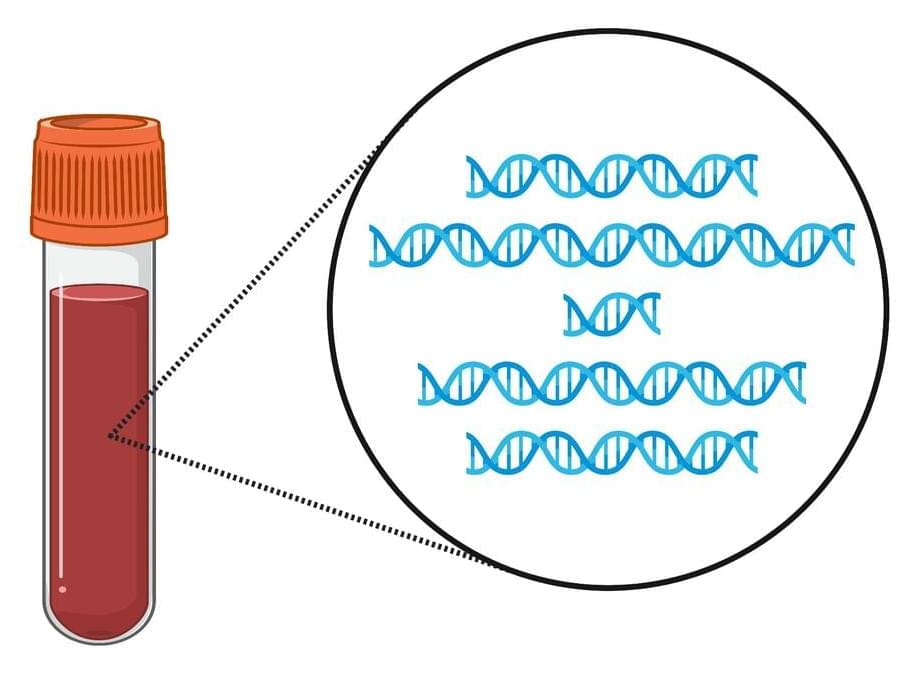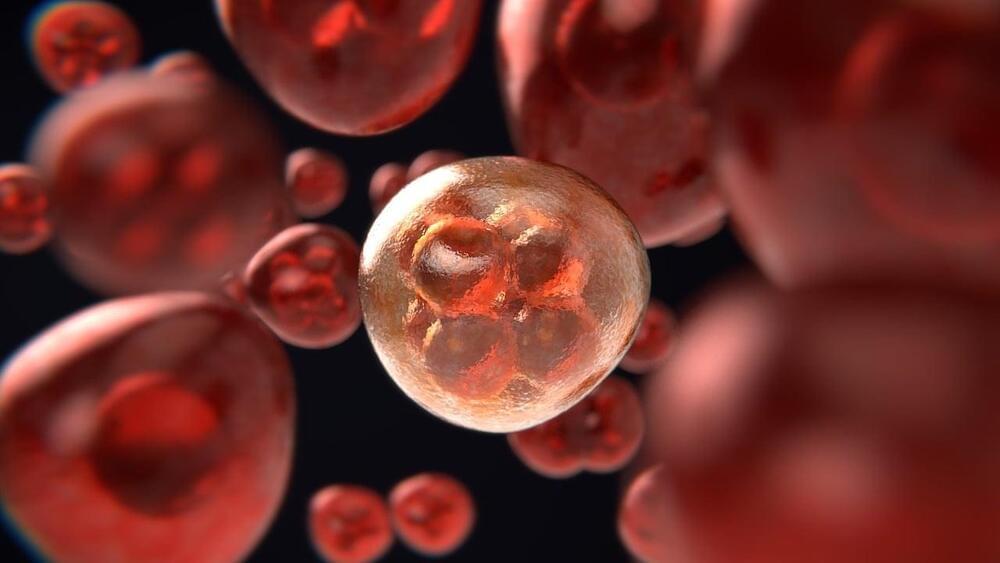The Cybertruck has only been out for a month, and in limited numbers, but some Tesla owners are already customizing their vehicles.
New Cybertrucks are getting colored wraps, window tints, and protective coverings. Joe Torbati, the owner of OCDetailing in Fremont, California, told Business Insider he’d received dozens of reachouts after posting a series of YouTube videos showing work he’d done for a new owner on their vehicle.
“We’ve probably been getting about 10 Cybertruck-related emails or contacts per day,” Torbati said. “Though, it’s not the traditional reason you would wrap a car, which would be to protect it — the point of this is more for just aesthetics,” he added.








 עברית (Hebrew)
עברית (Hebrew)